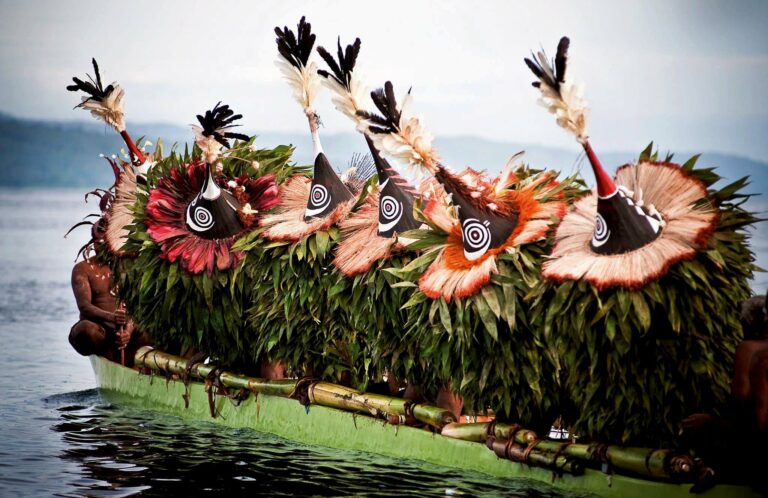Brief History of Rabaul
Rabaul is a township located in East New Britain, Papua New Guinea, on the island of New Britain, about 600 kilometers east of New Guinea. It was once the provincial capital and a key settlement until a massive volcanic eruption in 1994 covered much of the area with ash and destroyed significant infrastructure, leading to the relocation of the capital to Kokopo, situated 20 kilometers away. The volcanoes surrounding Rabaul present an ongoing threat, as the town lies near the Rabaul caldera, which is a large, flooded volcanic site.
Rabaul’s development as a town began during the German New Guinea administration, with its establishment as the capital in 1905. The British Empire captured Rabaul during World War I. It became the capital of the Australian-mandated Territory of New Guinea until it experienced volcanic destruction in 1937. During World War II, Rabaul was taken by Japan and used as a military base in the South Pacific. The original settlement of Rabaul was significantly impacted by the volcanic eruption in 1937, which contributed to its decline.
As a tourist destination, Rabaul attracts visitors for its volcanoes, scuba diving, snorkeling, World War II history, and local culture. The tourism industry has struggled since the 1994 eruption, though it still draws some cruise ships each year. The area faced volcanic concerns as far back as 1808, which indicates a longstanding risk associated with its geographic location.
The history of Rabaul during the colonial period is marked by the establishment of official buildings and residential areas as it grew in stature under German control. World War I saw Australian forces defeat the German military, subsequently leading to Australian administration until World War II. The town gained notorious significance during the war due to heavy bombing and occupation by Japanese forces who expanded military infrastructure in Rabaul.
Post-war, Rabaul was not reinstated as the capital but remained an important city and harbor for trade in the region. It saw growth until the volcanic eruption in 1994, which drastically reshaped the town and its landscape. This eruption occurred with minimal warning, leading to a significant evacuation effort but resulting in some fatalities.
Transport in Rabaul has changed since the 1994 eruption; the local airport was damaged and later abandoned, with a new airport constructed farther away, albeit still susceptible to ash fallout. The climate in Rabaul is classified as tropical rainforest, characterized by humidity and significant rainfall throughout the year, with high average temperatures.
The history of Rabaul also includes the 1937 volcanic eruptions that compounded its vulnerabilities and affected its administrative and economic roles in the region. The town, although recovering, remains in the vicinity of active volcanoes, which continue to pose threats, as seen with eruptions occurring as recently as 2014. A volcanological observatory is in place to monitor volcanic activity and provide warnings as necessary.
Research and literature have documented Rabaul over the years, highlighting its colonial past, wartime experiences, and the lasting impact of natural disasters on the community and environment.


